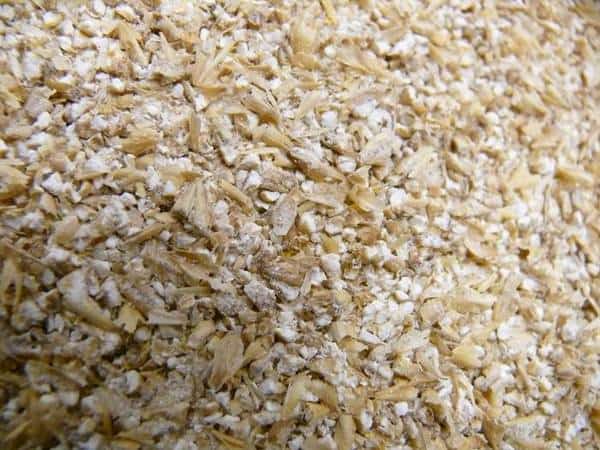As you may know, beer’s main ingredient consists of grains. Barley seeds are one of the more popular grains used in beer crafting, though other grains such as wheat may be used as well. The process of malting allows complex starches to be broken down so that the sugars are then digestible by the brewers yeast.
The malting process begins with allowing the grain seeds to germinate. Beer crafters typically water down a large batch of grain seeds, then allow them to grow their root over the next few days. Once the root reaches the desired length, the brewer knows the starches within the grain have been appropriately broken down into the right amount of sugars and ceases the germination process through heating. This is an important step in the malting process as if the seed is allowed to germinate for too long, then the flavor of the beer is greatly affected and then referred to as ‘overmodified malt.’ The same goes for if the germination process is stopped too soon, it will be referred to as ‘undermodified malt.’
The next step in the malting process is continued toasting. Once the grains are dried to cease germination, they continue the toasting process. It is this process that determines the grains influence on the beer coloring and flavor. A lighter toasting will result in a lightly colored beer, while a darker toast will have, you guessed it, a darker color and a fuller flavor.





